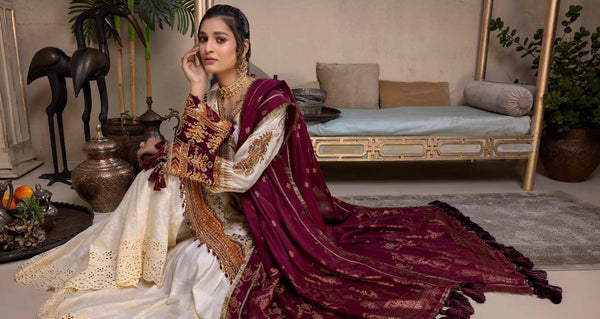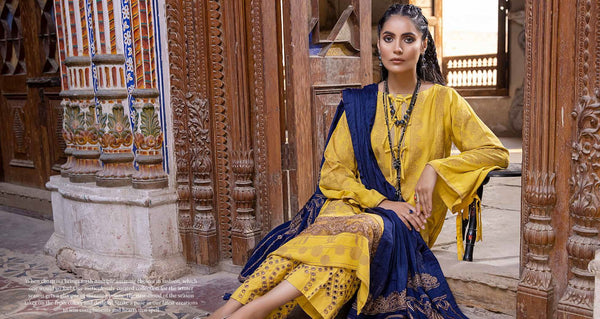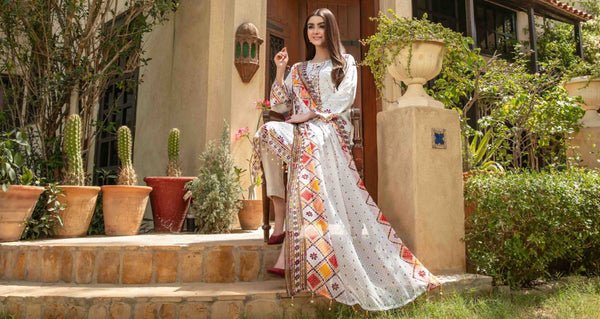March 11, 2022
Indian Textiles & Clothing Through History - From 1900 Till Now
As of 1900, the British ruled India beginning from 1858 through to 1947. So, if you are wondering what fashion in India looked like during 1900, you are definitely in the right place.
This post discusses the key things that defined Indian dresses as of 1900.
While we want to take you on a journey through history, we’ll also briefly follow the path of that history as well as how key moments and events of that time in history continue to shape how women still dress in India today. Let’s get started!
India and her enviable textile industry
India has a rich and recorded history that dates back to the Indus Valley Civilization era believed to be over 5000 years old. So, the colorful fabrics of India and its flourishing textile industry were some of the reasons that made the region one of the largest exporters of textile, and hence, the arrival of the Europeans.
While the Europeans were initially intrigued by and embraced the fashion of the Indian people, things took a drastic turn when the East Indian Company took over India in 1848. Fifty-two (52) years later, the British were ruling India, paving the way for local customs and costumes to be gradually replaced by more Western dress styles.

Indian Textile Industry is Huge
As of 1900, Indian fashion and dresses were experiencing serious changes.
While elitist members of the society still wear their sarees and ghagras, these were also accompanied by frilled skirts and embroidered gowns, among others. Along with silk and cotton which were the most popular fabrics of that era, new fabric materials like lace, satin, and chiffon were also introduced.
The saree also saw a significant evolution during this period in history. Before then, the saree was simply worn across the body with nothing underneath. Only the elite usually wear breast bands as was seen then. The British frowned upon this. It was at this moment that petticoats and blouses then became a part of the saree ensemble.
Mahatma Gandhi's Khadi Movement
In 1918, Mahatma Gandhi began promoting the Khadi movement to steer people away from the overdependence on mill-manufactured and foreign textile materials. He advocated for hand-spun khadi in the hope that this will also promote self-sustainability and self-reliance among the Indian people.

Women on Khadi Movement in Indian
One of the products of the Khadi movement is the Nehru jacket that came out in the 1940s and was popularized by Pandit Jawaharlal Nehru in the 1960s. Khadi not only offered employment opportunities for rural India, but it also went on to become a key part of Indian fashion that still manifests today.
1900 to 2000 - Big events and big changes
The hundred-year period between 1900 to 2000 was very significant for Indian fashion. After independence, a new evolution started that kind of hybridized Western fashion with Indian’s.

Latest Indian Dress for Women in Green
Further exposure to European countries and markets due to globalization, and the huge influence of Bollywood and celebrities on fashion trends and choices today, however, has given birth to a modern Indian fashion scene that has perfectly blended ethnic Indian dresses with elements of Western fashion and culture.
← Back to Blogs
Also in Indian Fashion
INFORMATION
FABRICOZ HELP






